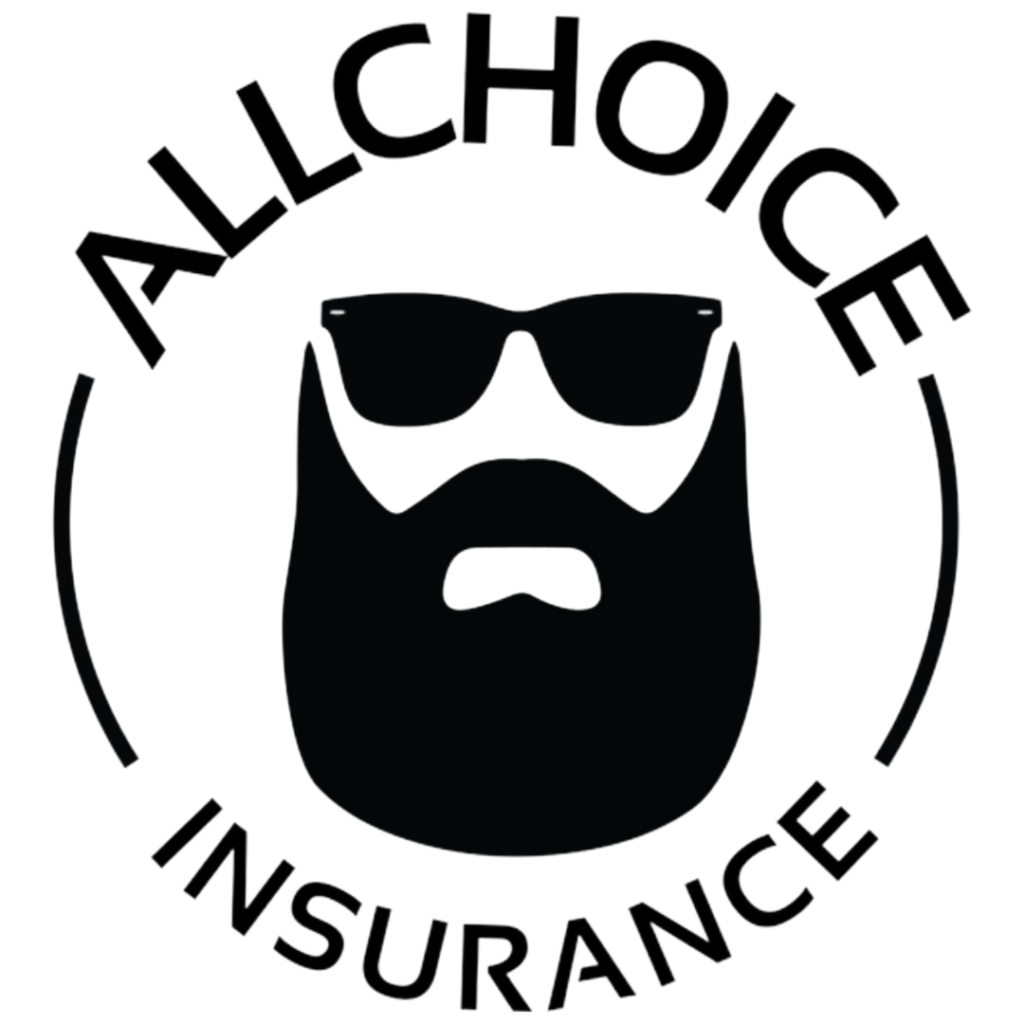How Much Does Commercial Property Insurance Cost

A variety of factors can sway your commercial property insurance costs, including:
Your property’s location
Your payroll size
The type of business you operate
The value of your property and its contents
The level of coverage you choose
Understanding these variables can empower you to make strategic decisions and optimize your insurance expenses.
Location and Environmental Risks
Location, they say, is everything. This holds true even for insurance costs. Areas prone to natural disasters such as hurricanes, floods, and earthquakes often bear the brunt of higher commercial property insurance costs. Regions that often experience severe weather events like hail storms also see a rise in insurance claims, leading to higher premiums. Some factors that can affect insurance costs based on location include:
Proximity to bodies of water
History of natural disasters
Crime rates
Building codes and regulations
Local fire protection services
Considering these factors can help businesses understand why insurance costs may vary depending on their location.
But environmental risks extend beyond weather alone. High-crime areas, for instance, are likely to incur higher insurance premiums due to the increased risk of theft and vandalism. By considering these geographical and environmental risks, you can make informed decisions about your property investments.
Building Characteristics
Your commercial property’s physical characteristics also play a substantial role in determining your insurance costs. Larger commercial buildings typically incur higher insurance premiums due to the increased cost associated with potentially larger claims. The construction materials of your building further play a pivotal role. Buildings constructed with fire-resistant materials like bricks and stone can have lower insurance costs compared to wooden structures, which are more flammable and considered riskier.
Moreover, the age of your building and its adherence to current building codes also influence your insurance rates. Older buildings may face higher insurance costs due to increased vulnerability to certain types of damage. But, costs can be curtailed through timely renovations and consistent maintenance.
Policy Details: Coverage, Limits, and Deductibles
The devil is in the detail, they say. In the case of insurance, these details manifest in the form of coverage, limits, and deductibles. Establishing a suitable coverage limit is key as it dictates the amount of coverage available for a single claim, influencing the payout for damages from the carrier.
Choosing a lower policy limit might lower your premiums, but it poses higher risks if it does not cover all expenses for rebuilding. Conversely, a higher policy limit generally leads to a more expensive premium.
Likewise, choosing a higher deductible reduces your premium, but it’s critical to ensure your business can financially bear the chosen deductible in the event of a claim.







